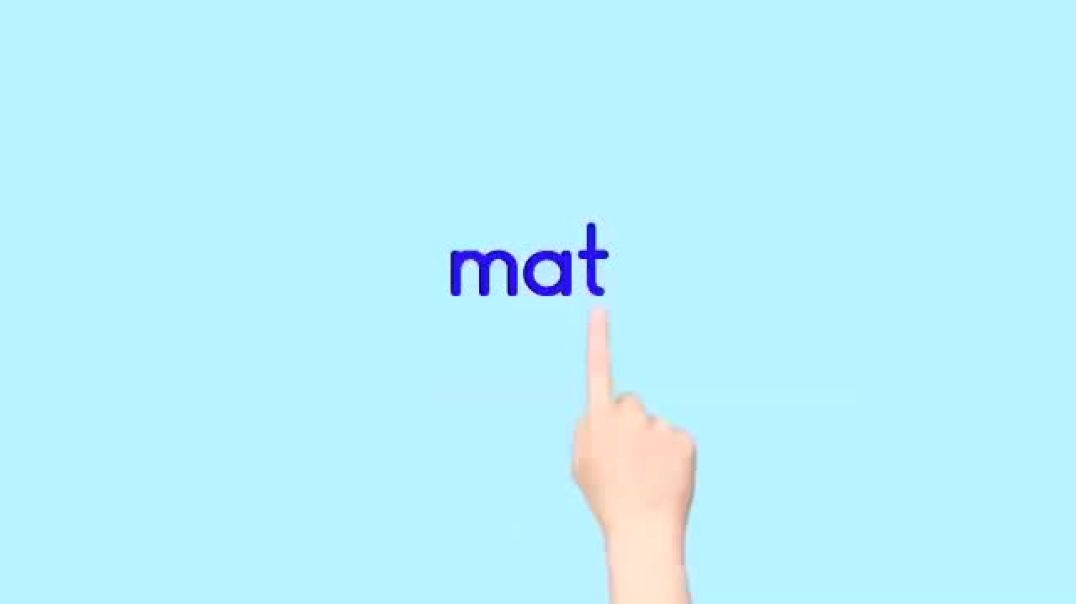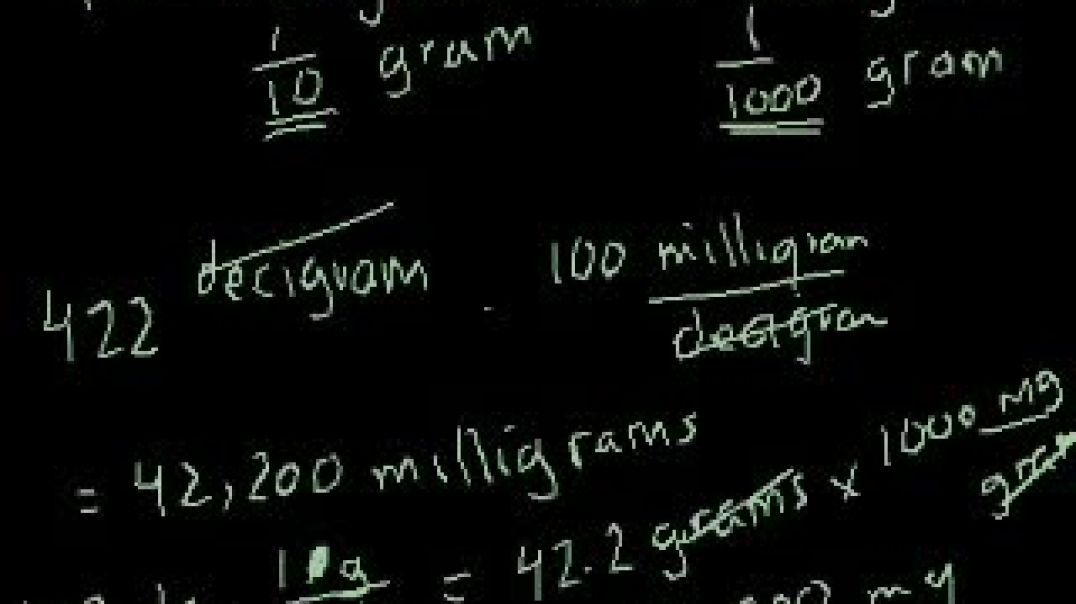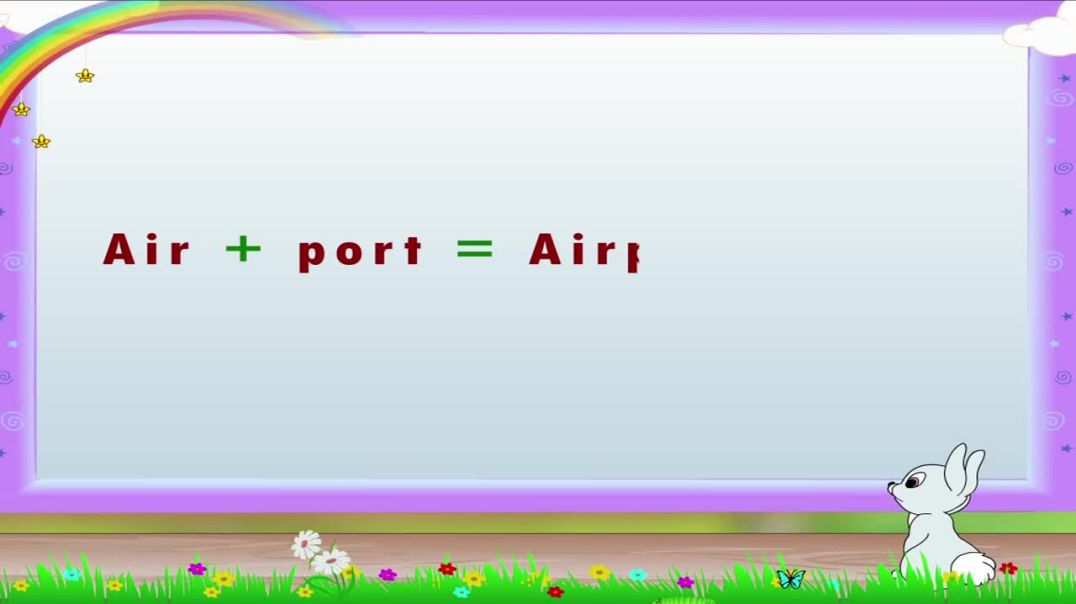Top videos
This video covers:
- The difference between scalar and vector quantities
- Why speed is scalar, but velocity is a vector
- The difference between distance and displacement
- How to calculate speed and velocity
- Common speeds you need to remember
General info:
- Suitable for all GCSE and IGCSE courses
- Suitable for higher and foundation tiers
- Suitable for triple and combined science
Exam board specific info:
AQA - Everything is relevant to your course!
IGCSE Edexcel - Everything is relevant to your course!
Edexcel - Everything is relevant to your course!
OCR 21st Century - Everything is relevant to your course!
OCR Gateway - Everything is relevant to your course!
GCSE Chemistry playlist:
https://www.youtube.com/watch?v=fN8kH9Vvqo0&list=PLidqqIGKox7WeOKVGHxcd69kKqtwrKl8W
GCSE Biology Playlist:
https://www.youtube.com/watch?v=--dIBinUdeU&list=PLidqqIGKox7X5UFT-expKIuR-i-BN3Q1g
GCSE Physics Playlist:
https://www.youtube.com/watch?v=aHVJfRxeAxo&list=PLidqqIGKox7UVC-8WC9djoeBzwxPeXph7
Phonetic reading and writing is a behavior the child exhibits that involves "sounding out" words the way they are written or writing words the way they sound (again, relating to the way letters represent speech sounds).
A conversion factor is an expression for the relationship between units that is used to change the units of a measured quantity without changing the value.
Do you know how to find the core of a pattern and extend it? Learn how in this video from our Grade 1 Math course.
View our full list of course offerings:
https://www.virtualelementarys....chool.com/register.p
Copyright © 2021 by D2L Corporation. All rights reserved. Except where otherwise noted, all content is created and owned by D2L Corporation.
Watch more Numberblocks on Wizz: https://www.youtube.com/playli....st?list=PLCI_BIMJR-X
For the best kids shows subscribe to the Wizz channel: https://www.youtube.com/c/wizz
The Numberblocks make counting as easy as 1,2,3!
We are the Numberblocks! Little blocks with big ideas, having a ton of number fun. Learn how to add, subtract and count the fun and educational way!
Wizz is home to the best preschool TV shows - cartoons for kids, learning shows for kids. For the best kids shows subscribe to the Wizz channel: https://www.youtube.com/c/wizz
Wizz brings you the best preschool television shows, from the UK and around the world. On Wizz Kids you can watch clips and full-length episodes of your favourite Kids TV shows, as discover new ones. Popular shows on Wizz include Alphablocks, Baby Jake, Big Cook Little Cook, Big & Small, Boj, Clangers, Cloudbabies, Dinopaws, Get Squiggling, Minibeast Adventure with Jess, Olive The Ostrich and lots more.
Hit Wizz videos for Kids including CBBC cartoons such Baby Jake - Yacki Yacki Yaggi Song, Boj – Hoppy Birthday, Cloudbabies – Bath Sky Horses, Bog Cook Little Cook – Ben’s Wooly Jumper Disaster, Dinopaws – The Tree With The Colourful Leaf and Alphablocks – Cat.
#Wizz #CartoonsForKids
#Numberblocks
The word "children" is the plural form of the word "child," and in English, the verb conjugation for plural nouns is different from that of singular nouns. Therefore, when referring to more than one child, you would use the plural verb form "are." For example: "The children are playing in the park."
The “onset” is the initial phonological unit of any word (e.g. /c/ in cat) and the term “rime” refers to the string of letters that follow, usually a vowel and final consonants (e.g. /a/ /t/ in cat). Not all words have onsets
This video covers:
Verbs
Helping Verbs
Linking Verbs
This video will help your kids master their comprehension reading skills, resulting in enhanced english grammar, reading and vocabulary !
Welcome to Tutway, a unique platform where learning is fun !
Now there is no distinction between kids' fun time and study time. Say goodbye to the days of cramming those dull and ponderous books, which made learning a tedious task. We believe in the straightforward idea that audio-visual learning is the most effective tool for learning. Many researchers have proven that kids learn a lot by playing interactive games and watching audio-visual animated lessons compared to reading from books. To understand the new concepts, Kids show more interest in adopting unique ways of learning. We have brought a programme that covers the crucial ideas and makes learning more stable that stimulates the critical thinking of the young learners !
Let's break away from our perception that adopting new learning concepts is challenging. You will find our website & youtube channel very user-friendly and interactive to gain knowledge. Even kids can access the content without constant parental supervision !
Site: https://www.tutway.com/
Email: tutwayhelpdesk@gmail.com
Facebook: https://www.facebook.com/tutway/
The difference between script and cursive is simple: Script letters are connected to each other within each word; cursive letters are not connected. This fancy form of lettering tends to have a rather feminine feel and does not work well for small-sized typography.
What is inference? We learn about some things by observing or experiencing them first-hand. In contrast, when we make inferences, we reach conclusions based on evidence and reasoning. We figure things out by applying our own knowledge and experience to the situation at hand.
Topics covered:
• Parts of a lever: Fulcrum, Load, and Effort
• Types of lever
• First-cl**** lever
• Second cl**** lever
• Third cl**** lever
• Examples a first-cl**** lever
• Examples of a second-cl**** lever
• Examples of a third-cl**** lever
Welcome to Tutway, a unique platform where learning is fun !
Now there is no distinction between kids' fun time and study time. Say goodbye to the days of cramming those dull and ponderous books, which made learning a tedious task. We believe in the straightforward idea that audio-visual learning is the most effective tool for learning. Many researchers have proven that kids learn a lot by playing interactive games and watching audio-visual animated lessons compared to reading from books. To understand the new concepts, Kids show more interest in adopting unique ways of learning. We have brought a programme that covers the crucial ideas and makes learning more stable that stimulates the critical thinking of the young learners !
Let's break away from our perception that adopting new learning concepts is challenging. You will find our website & youtube channel very user-friendly and interactive to gain knowledge. Even kids can access the content without constant parental supervision !
Site: https://www.tutway.com/
Email: tutwayhelpdesk@gmail.com
Facebook: https://www.facebook.com/tutway/
#PhysicalChanges #ChemicalChanges
This video is part of a playlist having the following videos. Watch all of them in sequence for a better learning experience.
Enjoy learning :)
Video no.1 Physical and Chemical Changes-(Part-1)
https://youtu.be/jz0cP_K_CNA
Video no.2 Physical and Chemical Changes-(Part-2)
https://youtu.be/5wMef1nJ1GA
Video no.3 Matter-(Part-1) | States of Matter
https://youtu.be/SYB2MPJ2Il4
Video no.4 Matter-(Part-2) | Properties of different states of matter
https://youtu.be/Hd1AdYdEvhw
Video no.5 Matter-(Part-3)Phase Changes
https://youtu.be/8eqWJyg85B8
Video no.6 Matter-(Part-4) | Properties of matter
https://youtu.be/CqjxAYZ13QA
Video no.7 Matter-(Part-5) | Properties of matter | Science
https://youtu.be/86zB8LuqfEs
Physical changes
Chemical changes
Reversible Changes
Irreversible Changes
Examples of physical change
Example of chemical change
Different types of physical and chemical changes
Signs of chemical change
I hope you liked our video.
Kids should spend time watching informative videos and expand their knowledge day by day.
Kids retain what they see in audio-visual lessons so make them watch informative videos rather than cramming things.
If you want to learn any topic, please free to write to us, we will upload the video to help you out as soon as possible.
We can also create a customized u tube playlist for the topics you want to learn.
Your feedback is important to us.
Stay connected with us:
tutwayhelpdesk@gmail.com
YouTube: https://www.youtube.com/channe....l/UCL-KeqwBmYvEBpAiU
Facebook: https://www.facebook.com/tutway/
https://www.tutway.com/
About us:
Welcome to Tutway.
A unique platform where learning is fun.
Now there is no distinction between kids’ fun time and study time.
At Tutway, we believe in a very simple idea that audio-visual learning is the most effective tool for grasping knowledge. Many researchers have proven that kids learn a lot by playing interactive games and watching audio-visual animated lessons as compared to reading from books.
That's when Tutway comes to the rescue.
Tutway is a supplementary education program where kids can learn at their own pace. The students can watch animated videos that are so meticulously made that they can understand even the most complex concepts very easily. There is a question bank at the end of each video where students can answer those questions multiple times and test whether they have grasped knowledge completely or not.
We have information systems embedded in the program where parents can monitor real-time performance of their kids and get up to date information about their performance, including quizzes attempted and the marks got in each quiz, both in tabular and graphical formats. Regular reports are e-mailed to the parents so that the parents can analyze their kids’ performance.
If we want to learn high-level concepts, we should have a clear understanding of the basic concepts. For instance, if kids don't know about addition and subtraction, they cannot do multiplication, and if they don't know about multiplication, they cannot do division, and if they don't have knowledge of these four basic operations, Algebra cannot be done by them, and it goes on and on.
The same applies to the English language if kids don't have sound knowledge of grammar and vocabulary; it becomes extremely difficult for them to have their communication skills.
Knowledge of the scientific concepts is also required for observing physical, chemical, biological phenomena happening all around us.
That is why; Tutway has thousands of animated videos on Maths, English, and Science to clear the basics of these subjects. It perfectly suits most of the educational needs of most of the students, regardless of their learning abilities.
So hurry up, download the Tutway app and book a free demo cl**** to make education interactive and fun experience.
Grade 10 Mathematics
A compound word is a union of two or more words, either with or without a hyphen.
Following topics are covered in this video:
Cl****ification of animals on the basis of their food:
• Herbivores
• Carnivores
• Omnivores
• Insectivores
Homes of animals:
• Beehive
• Web
• Nest
• Burrow
• Cave
• Forest
• Gr****land
• Waterbodies
Welcome to Tutway, a unique platform where learning is fun !
Now there is no distinction between kids' fun time and study time. Say goodbye to the days of cramming those dull and ponderous books, which made learning a tedious task. We believe in the straightforward idea that audio-visual learning is the most effective tool for learning. Many researchers have proven that kids learn a lot by playing interactive games and watching audio-visual animated lessons compared to reading from books. To understand the new concepts, Kids show more interest in adopting unique ways of learning. We have brought a programme that covers the crucial ideas and makes learning more stable that stimulates the critical thinking of the young learners !
Let's break away from our perception that adopting new learning concepts is challenging. You will find our website & youtube channel very user-friendly and interactive to gain knowledge. Even kids can access the content without constant parental supervision !
Site: https://www.tutway.com/
Email: tutwayhelpdesk@gmail.com
Facebook: https://www.facebook.com/tutway/
GRADE ONE MATH ACTIVITIES ONLINE LESSON 1
STRAND: ADDITION
SUB-STRAND: ADDING A ONE DIGIT NUMBER TO A ONE DIGIT NUMBER VERTICALLY
The act of soaring through the air is flying. You can also use this word to describe anything that's soaring through the air, like a flying squirrel or flying insects. Use flying for anything that flaps or flutters above the ground, from flying fish to flying turkeys.
Possessive pronouns are pronouns that are used to indicate the ownership (possession) of something or someone by something or someone else. The English possessive pronouns are mine, ours, yours, his, hers, theirs, and whose.
Prefixes are letters which we add to the beginning of a word to make a new word with a different meaning. Prefixes can, for example, create a new word opposite in meaning to the word the prefix is attached to. They can also make a word negative or express relations of time, place or manner.
A negative sentence or phrase is one that contains a word such as "not", "no", "never", or "nothing": "I've never seen him in my life" is a negative sentence.




















